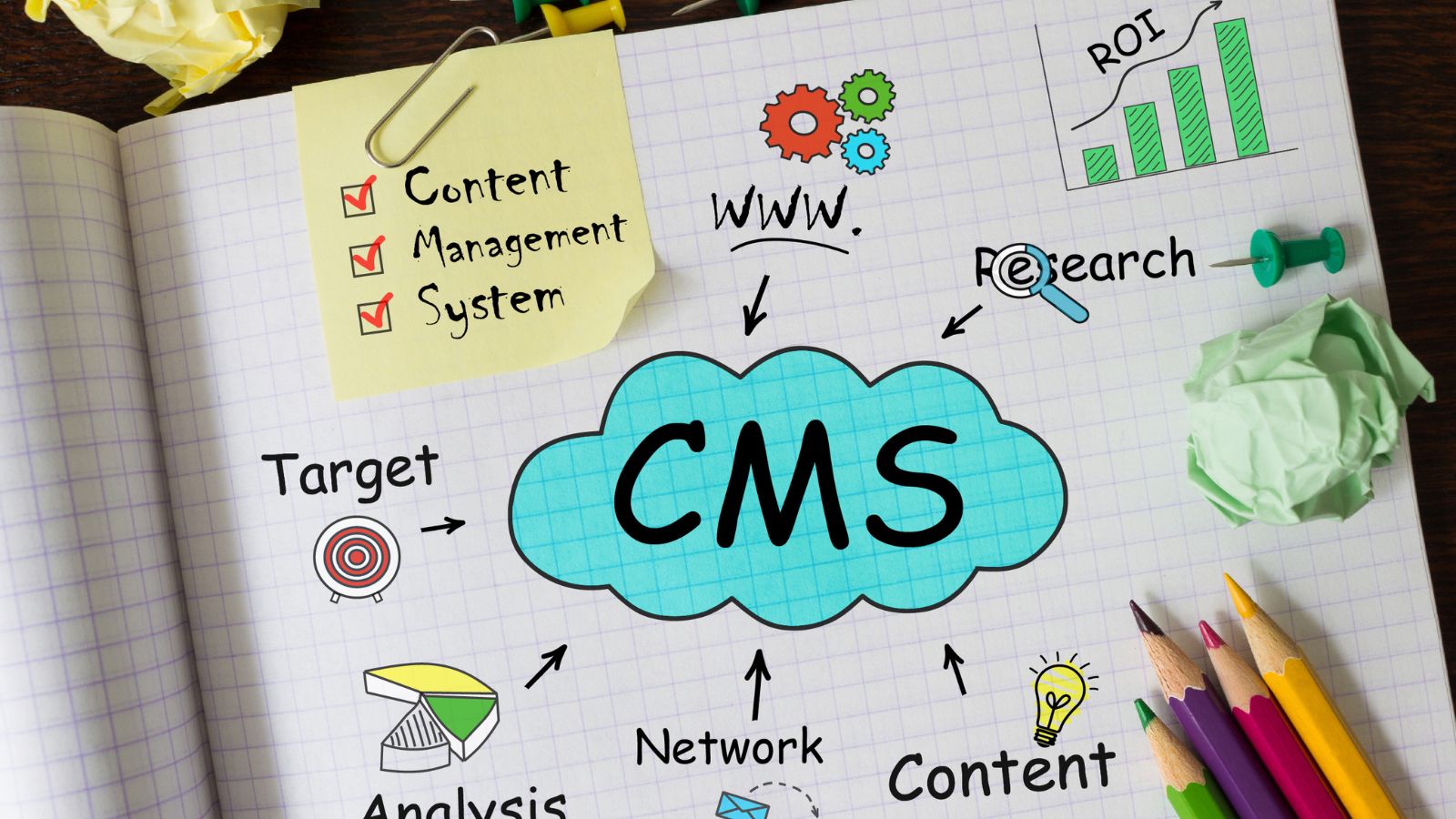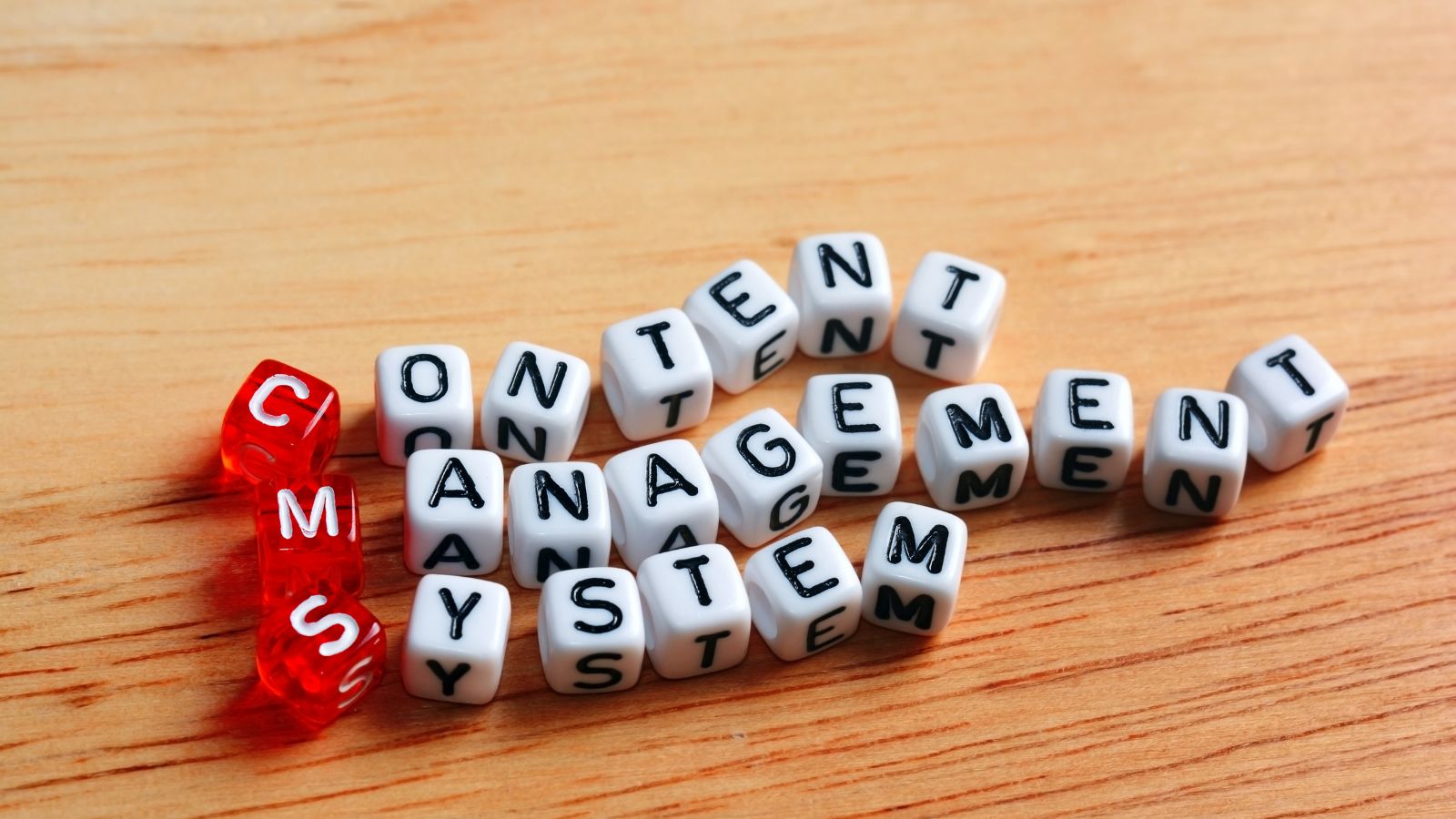
Selecting a CMS is a necessary component of any organization’s effort to create a website and subsequently update and expand said website in the future. There is a range of options from common CMSs adopted frequently by larger, established sites to proprietary options, or even headless APIs that provide a more customizable route. It’s important to assess needs in advance to go with the most logical option; the more exact the selection, the easier subsequent content management, site operation, and expansion opportunities will be. Businesses need to assess what they need from a CMS, comprehend the universal features of all CMSs, and how specialized customizations would require different considerations from an alternative CMS.
Understanding The Different Types Of Cms Platforms
Before making a selection for a CMS, one needs to understand what’s out there. The most common CMS platforms are WordPress and Drupal, which provide a comprehensive content management system and front-end display layer system. These systems run on relatively basic templates and plugins that are easy enough to find for companies seeking easy control and a handful of in-app generated options, though organizations with complex websites often require specialized drupal upgrade services to maintain security and access advanced functionality while preserving custom implementations. However, the ease of access may cheapen the system’s ability to grow and foster multi-channel content dissemination. In contrast, a headless CMS allows for a separation between content management and front-end delivery; therefore, a business can send out content in multiple channels from apps to websites to smart technology. Furthermore, a headless CMS allows for greater development flexibility and faster, scalable content delivery.
Companies that need to adjust to digital requirements constantly like ecommerce companies, digital magazines, or international firms would benefit from a headless CMS like Storyblok, Contentful, or Strapi. A third option is the hybrid CMS, which combines aspects of both traditional and headless. The hybrid platforms tend to favor the content creation and management structuring side of things; however, they give the flexibility of content delivery in the form of anything. For businesses looking for a little bit of both in ease of use and more complicated customization, the hybrid approach tends to work best.
Evaluating Scalability And Future Growth Needs
Your CMS should be scalable. If you’re a startup destined to grow, or an enterprise already creating tons of content, scalability options will ensure your content management can be consistent for years to come. Some CMSs are more suited for smaller sites and struggle to accommodate heavy traffic, multiple languages, and complex integrations. For instance, should an e-commerce company want to expand internationally, its CMS should be multilingual and able to support regionally relevant content. It should also integrate seamlessly with e-commerce platforms.
A headless CMS would enable this company to expand rapidly and effortlessly without a hassle while still operating seamlessly across multiple digital touchpoints. Furthermore, if a business expects continual updates, personalization, and automation, it’ll need a CMS with robust API support. This means the CMS can interface with technologies that don’t exist yet but are expected to exist in the future like AI personalization or voice-driven search. A CMS that offers these future-proof features allows businesses to avoid worrying about costly migrations in the future when the inevitable technological shift occurs.
Assessing Ease Of Use And Content Management Capabilities
A CMS belongs to the creators, marketers, and developers but not in a super technical way. Content management systems should be user-friendly, easy to edit, and require automated workflows for content to appear appropriately. For brands that feature large-scale content creation teams, a CMS with role-based permissions allows different users to do different things without accidentally changing something crucial on the site.
For instance, a large-scale news brand needs a CMS where reporters can save drafts and publish pieces, yet developer and admin access should be allowed only for those with legitimate admin rights. In addition, when a CMS provides the ability to pre-schedule posts, manage a media library, and achieve on-page SEO, all from within the CMS itself, efficiency is increased and everything from the content perspective is appropriately optimized.
Tools like SearchAtlas can further enhance this process by helping teams refine SEO strategies directly alongside CMS workflows. With features like real-time keyword tracking, content optimization, and AI assistance from OTTO SEO, SearchAtlas simplifies on-page improvements and ensures content is both reader-friendly and search-ready.
Thus, as companies seek such solutions, they should attempt to acquire something that has a customizable content structure for proper in-house functioning.

Ensuring Flexibility And Customization Options
Since every company’s content needs vary, a CMS that works for all does not work for any. For example, where some companies need highly customizable themes/templates, for others, it’s API integrations with third-party applications like CRM and marketing solutions or analytics.
Therefore, a SaaS company looking to fully customize a customer experience from their website and their application may need a headless CMS to enable it to customize how its content appears in the front end for its interface. A mom-and-pop shop that just needs a simple portfolio or blog up and running may need a traditional CMS. Future proofing comes from modular CMS plugins, extensions, and microservices architecture. The ability to integrate with disparate marketing, commerce, and data systems allows for improved content creation and ease of enterprise-scale digital experiences.
Prioritizing Performance, Speed, And Security
Speed and security are components of a headless CMS choice. If a CMS fails to load pages fast enough, for example, users will bounce before the page loads, or Google won’t rank it correctly and, ultimately, conversion rates will drop. A CMS that sustains loading speed should include an internal caching system, image compression or image compression-compatible plugins, and compatibility with Content Delivery Networks (CDNs) for easier, faster access to information across the globe. Another consideration is security, particularly for firms at risk of sensitive customer information getting out. A safe CMS will ensure updates, security against current exploitations, and role access so that no one can change what they’re not supposed to.
For instance, a Headless CMS for enterprise flexibility could be more secure as it separates the server where the content lives from the public-facing deployment, making access more difficult to hack into. For example, a financial consulting website needs a CMS with enterprise-level security because its proprietary information cannot be made publicly available on the web. Thus, the CMS needs to have security certifications, such as GDPR and ISO, that an enterprise would typically look for in its own niche.
Evaluating Cost And Total Ownership Expenses
CMS pricing can run the gamut from the cheapest of cheap to the most expensive of expensive relative to software, hosting, and added features. For example, many open-source CMSs do pay for additional themes, plugins, or premium versions down the line once basic functionality is achieved after all, look at WordPress but WordPress is also known for its free version as well. When it comes to enterprise-level CMS solutions, managed hosting may be an added fee; however, many enterprises charge licensing fees to utilize the software in the first place, with access to built-in support, security, and dedicated infrastructure. The CMS and cost-related consideration is total cost of ownership.
This includes setup fees, maintenance needs, developmental needs down the line, upgrades, and upgrade fees. For example, a scalable CMS that can be developed on a tight budget and expanded as necessary down the line is beneficial for a small startup business for low-cost initial implementation. Also, cloud-based CMS are low-cost options with subscription-based services that include hosting, security, and maintenance. Businesses must decide if a self-hosted solution or SaaS solution is more aligned with budgetary constraints and operational needs.
Leveraging Cms For Omnichannel Content Delivery
Omnichannel content delivery is a crucial factor in CMS selection, meaning these companies need to be able to create and deliver content to where it needs to be: websites, apps, IoT devices, social media pages, and groups. For instance, a news company generating video podcasts while simultaneously writing articles needs a CMS that supports both standard structured content and an API for syndication. Therefore, a headless CMS supports the omnichannel content delivery system because it allows these types of companies to create the content once and, in real-time, publish to all endpoints without redundancy.
The capacity to select a CMS that allows for omnichannel publishing means a consistent appearance and experience of content from one digital site to the next and on those channels for users, too. This is a huge benefit regarding branding, simplifying content creation, and the fact that audiences can access, learn from, and interact with materials wherever and however they choose without confusion.

Conclusion
Choosing a CMS to fit your company involves considerations for scalability, usability, customization, security, and pricing, for example. However, choosing traditional versus headless or hybrid options relies upon a company’s digital goals so far into the future that it’ll ensure the right level of flexibility, operation, and so on. Thus, stressing such abilities in regard to content control, integration potential, and omnichannel abilities cultivates a fluid digital atmosphere for an ever-evolving digital marketplace. The perfect CMS should not only improve day-to-day website operation but also overall UX, SEO advances, and internal team efficiencies. The right decision keeps the business one step ahead in today’s digital marketplace but allows for continued content efforts flexibility in the future.


